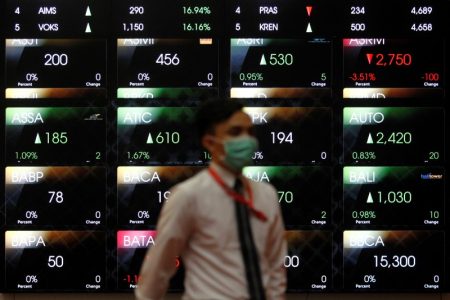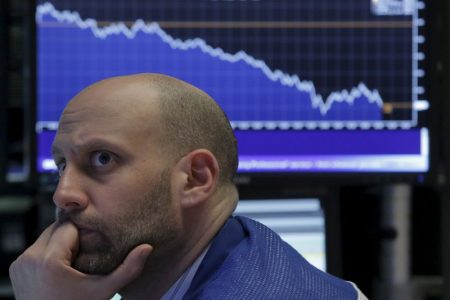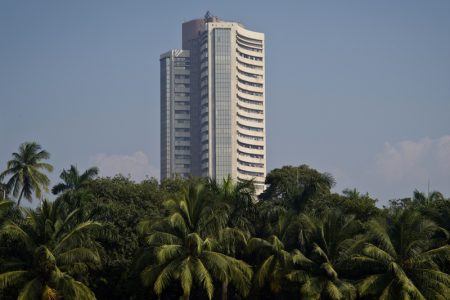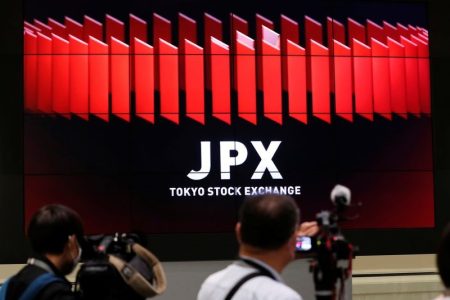The number of Americans filing for unemployment benefits rose less than expected last week, potentially easing some concerns about the health of the labor market following the disappointing July jobs report.
Figures released Thursday by the Labor Department show initial claims for the week ended Aug. 3 fell by 17,000 to 233,000, below the 240,000 estimate by Refinitiv economists. However, that remains higher than the 2019 pre-pandemic average of 218,000 claims.
Continuing claims, filed by Americans who are consecutively receiving unemployment benefits, hit 1.87 million for the week ended July 27, up 6,000 from the previous week. It marks the highest level for continuing claims since November 2021.
RECESSION FEARS, MARKET SELL-OFF RAISE ODDS OF A BIGGER FED RATE CUT
“Investors have to be careful not to read too much into one report like they did recently with the last payroll report,” said Jeffrey Roach, chief economist at LPL Financial. “A holistic interpretation of the labor market is hiring will likely slow throughout the rest of the year, putting some downside risk to income growth.”
WALL STREET’S FEAR GAUGE SPIKES TO HIGHEST LEVEL SINCE 2020 AS GLOBAL TURMOIL DEEPENS
The report comes with Wall Street on edge after a global market sell-off, triggered by the worse-than-expected payroll data released last week. The report showed the economy added just 114,000 workers last month, while the unemployment rate jumped to 4.3%, the highest level since October 2021.
Rising unemployment triggered the so-called Sahm Rule, an indicator that is used to provide an early recession signal. The rule stipulates that a recession is likely when the three-month moving average of the jobless rate is at least a half-percentage point higher than the 12-month low.

Over the past three months, the unemployment rate has averaged 4.13%, which is 0.63 percentage points higher than the 3.5% rate recorded in July 2023. The Sahm Rule has successfully predicted every recession since 1970.
Stocks crashed on Friday following the report, with the S&P 500 notching its worst day since October 2022. Markets have been highly volatile since then, although they opened higher on Thursday after the jobless claims data.
“Initial jobless claims are taking center stage as economists and investors seek guidance from real-time indicators on the economy’s health,” said Oren Klachkin, Nationwide financial markets economist “To us, the data suggest we’re on track for a cooldown – not a recession.”
Read the full article here











